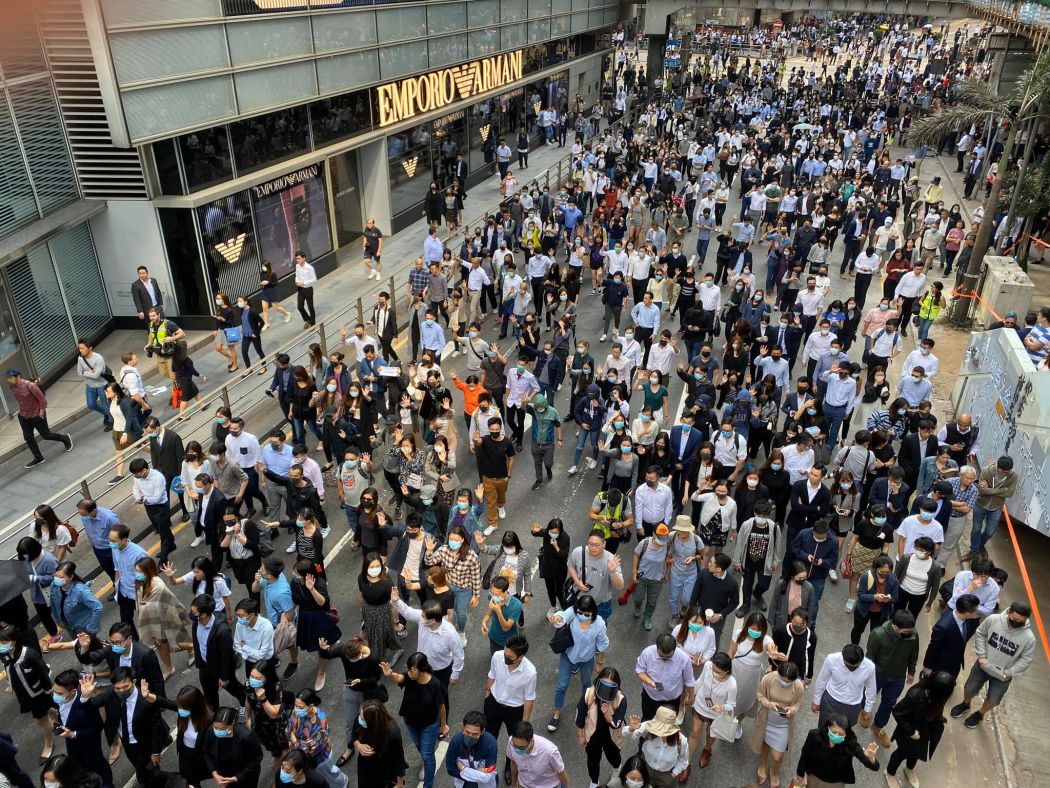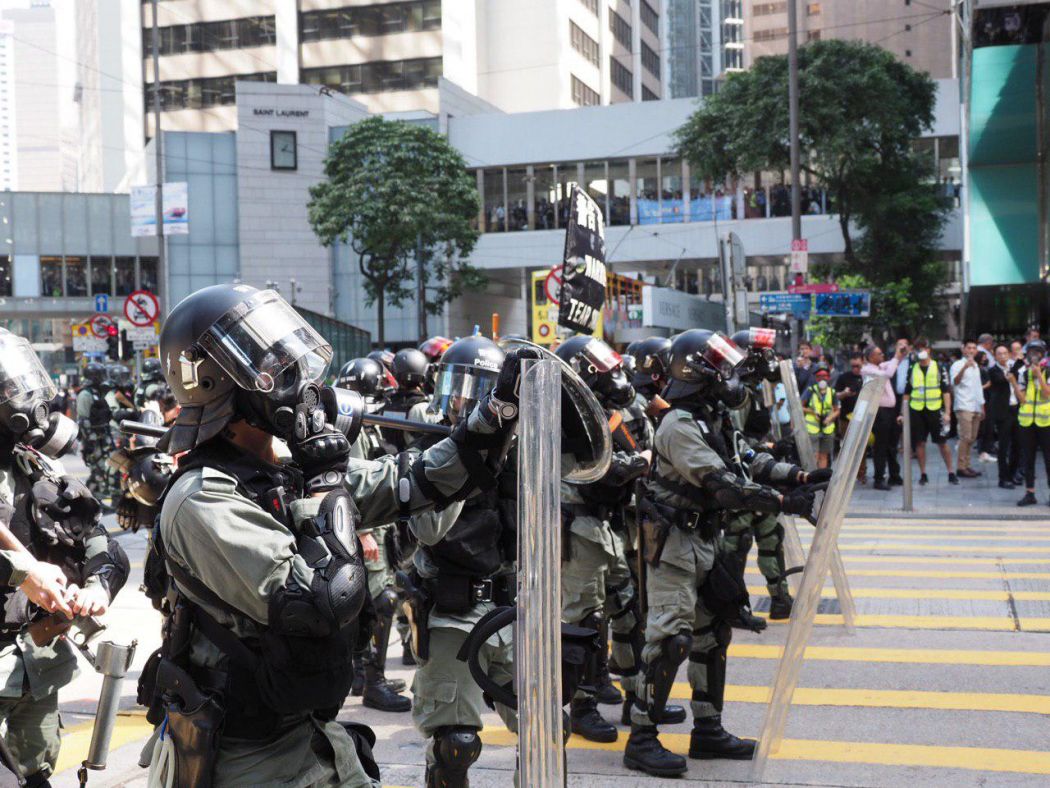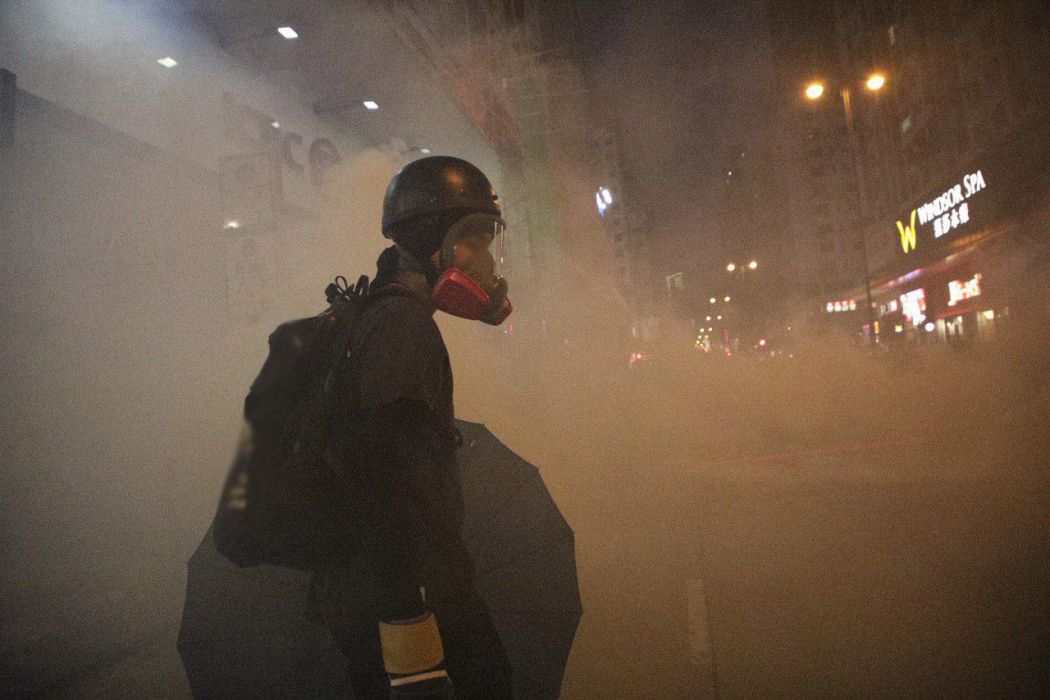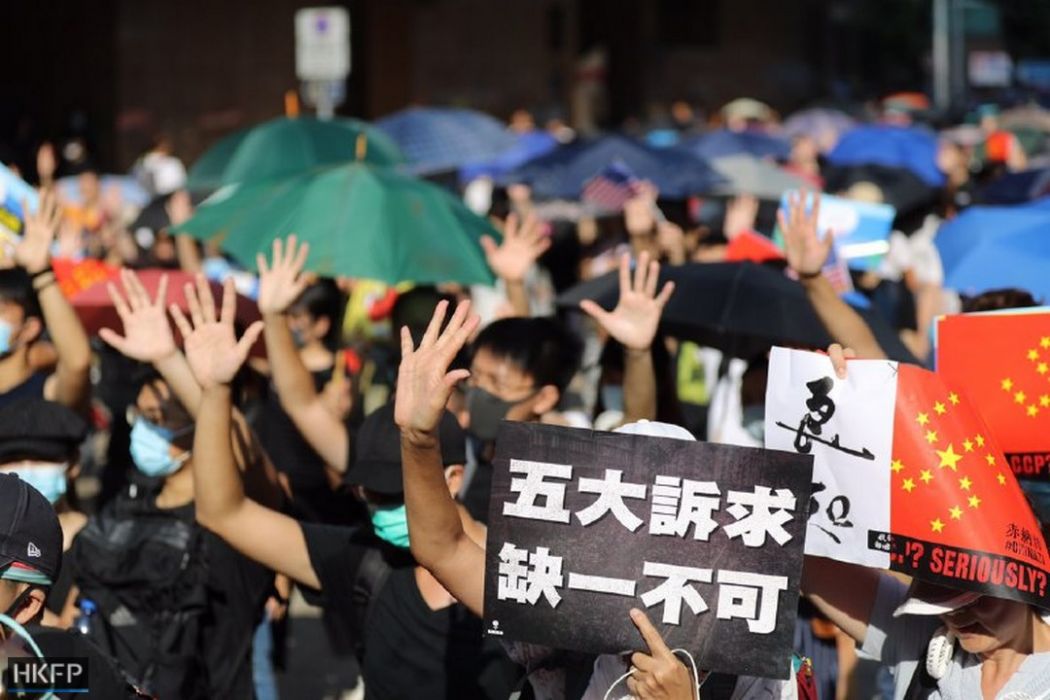I speak for many when I express shock at how badly the political situation over the past months has been handled. It is reprehensible that we have arrived at a juncture where a person can’t walk through Central at lunchtime or after work without fear of arrest, tear gas, or aggression.
It is tragic that we have experienced a week during which university students feel provoked into fortifying campuses as they duck from thousands of tear gas canisters, in which a protester has been shot, a man has died from a brick to his head, where our public transport is strewn with glass broken by vandals and closed to everyone but the police at certain hours – yet again.
The question in many fatigued minds is, where do we go from here? Is peace possible? I think a version of it can be possible.

We live in a city full of skilled people. Many Hongkongers manage stakeholders for a living, handle public relations, broker deals, resolve conflicts, sell ideas and products, and liaise between a diversity of humans.
If there is one thing that is clear in a city where millions take to the streets, it is that they are invested in their futures. The political impasse we are at seems to sorely need those skills and that interest in a healthy future, to try to get to the light and keep Hong Kong tenable.
It’s hardly a secret that Hong Kong’s democratic leanings and freedom-loving ways are perceived as a gigantic thorn in China’s side – the kind of infectious thorn that brings fear of contagion. Without getting into the rights and wrongs, let’s attempt to look at this from that angle.
How would you calm this disobedient place you’ve deemed a recalcitrant child (forgive the use of this unimaginative metaphor, I am simply borrowing it)? What if that child gets to keep her toys when you’ve been taking them away from the others, and what if the others start acting up too? How do you keep the power and influence, but deal with the obvious discord voiced for years on end? And, now that some egregious moves like the extradition bill have tipped things from the frying pan into the fire, what then?
The modi operandi so far has been intimidation, violence, a refusal to listen to the public, gaslighting, taking sides, a reductive view of who the protesters are, and constant escalation. One exception was the withdrawal of the extradition bill, which was seen as too little too late in an already escalated situation. These tactics are illogical and wrong in the maelstrom of emotions, violence, and fears that Hong Kong inhabits today. They show a lack of understanding and a fear of losing control.

Instead, why not try to understand the stakeholders and broker a peace, even if inchoate and in need of further work in the future? Dialogue and de-escalation led by the government are the interwoven answers to slowly map out a resolution.
Context to understand:
It is time to urgently discuss how basic liberties will be maintained and how Hongkongers can have a voice in their futures, peaceably and calmly.
Dialogue can involve talking to people by holding real press conferences and genuine listening sessions (no deflecting or ignoring!) without pushing any agenda other than de-escalation. It can involve using the skills of local Hongkongers to move things along between parties that are too hurt to directly discuss anything just yet. Dialogue can be had with lawmakers whom protesters may listen to (some of whom were abused and arrested, which exacerbated the matter), with students, with a diversity of people.
When attempting dialogue, it is best to understand the context of the interlocutor. People in Hong Kong would like to maintain their civil liberties. They would like to elect their leaders. Calling those needs and asks “wishful” is not persuasive. Those raising their voices, hurling their bodies, or even just shaking their heads mildly in objection, are a very diverse bunch. Protesters do not all belong to a crazed marauding mob. Very few are violent. A lot of those who have taken to violence have done so as a reaction to violence done to them, after repeated peaceful attempts.

Dialogue should be entered with an understanding that it is not an excuse for a scolding session against protesters, but a chance for the government to take responsibility and show leadership in making things genuinely better. It would be best approached without painting Hong Kong as a spoiled child.
De-escalation:
Immediate steps should be taken to acknowledge, disallow, and investigate the current level of unwarranted violence people are facing. Defending it by saying it is all being done to protect the rule of law is not plausible for the public bearing witness to shocking aggression and toxic substances (whether or not they are even protesting), and therefore comes off as disingenuous and pernicious, and serves to escalate. Condemning violence in a one-sided manner, and labelling anyone an “enemy of the people” is provocative.
Witnessing true attempts at dialogue and acknowledging the myriad legitimate concerns and experiences will help de-escalate matters. When peaceful protests happen, permit them, and give people space to conduct them safely. Redirect the police force to protect their fellow Hongkongers, not provoke or hurt them. Let the press do their job unfettered. Create an environment that does not lead to worries over what a journalist or citizen might film.
Emotions and egos are a real factor in times like these, so we may all be best served by re-characterising what a turnaround towards peace attempts or a truce can be: it does not have to imply that any party is admitting defeat; that sort of implication is possibly why it hasn’t been attempted properly yet.
It is a stronger and smarter move for the authorities to turn to dialogue and de-escalation than to continue to show fear over a loss of control, and lashing out with violence and suppression tactics. The government must look at it as an opportunity to really understand the character and desire of Hong Kong, and cater to that so that it thrives within the larger framework of the country.

Reader, I confess I write this with an involuntary mental visual of Baudelaire’s Hope as a blind bat batting its wings against a structure long past repair. But, I like to think that we can still see, and therefore we can help educate, fix, and find a way to some version of peace.
Being open to nuances, compromises that aren’t destructive to the big picture, and being available to engage if overtures are made, will be important in this state of struggle and violence.
